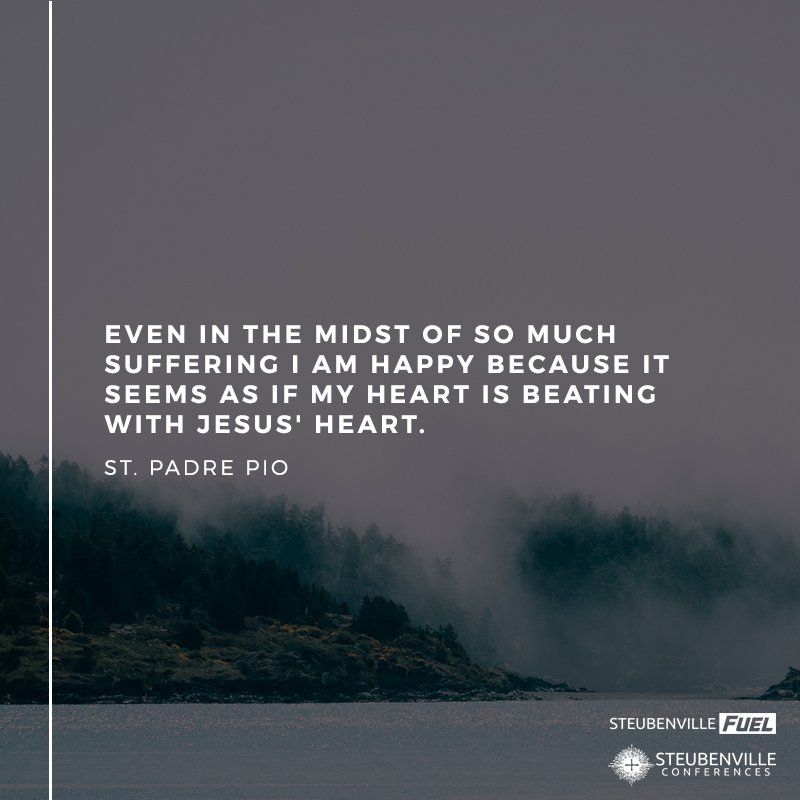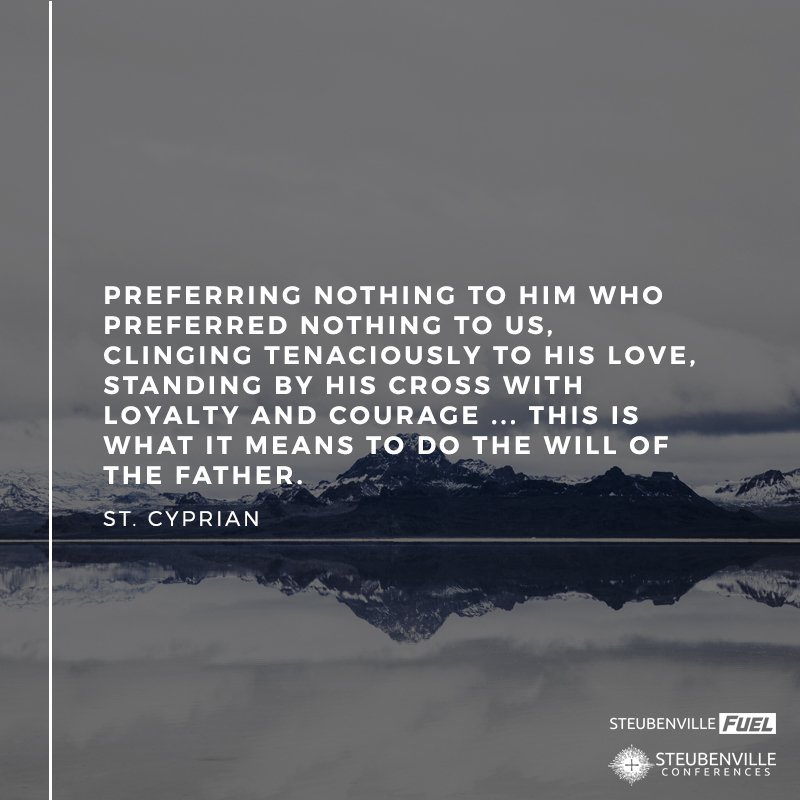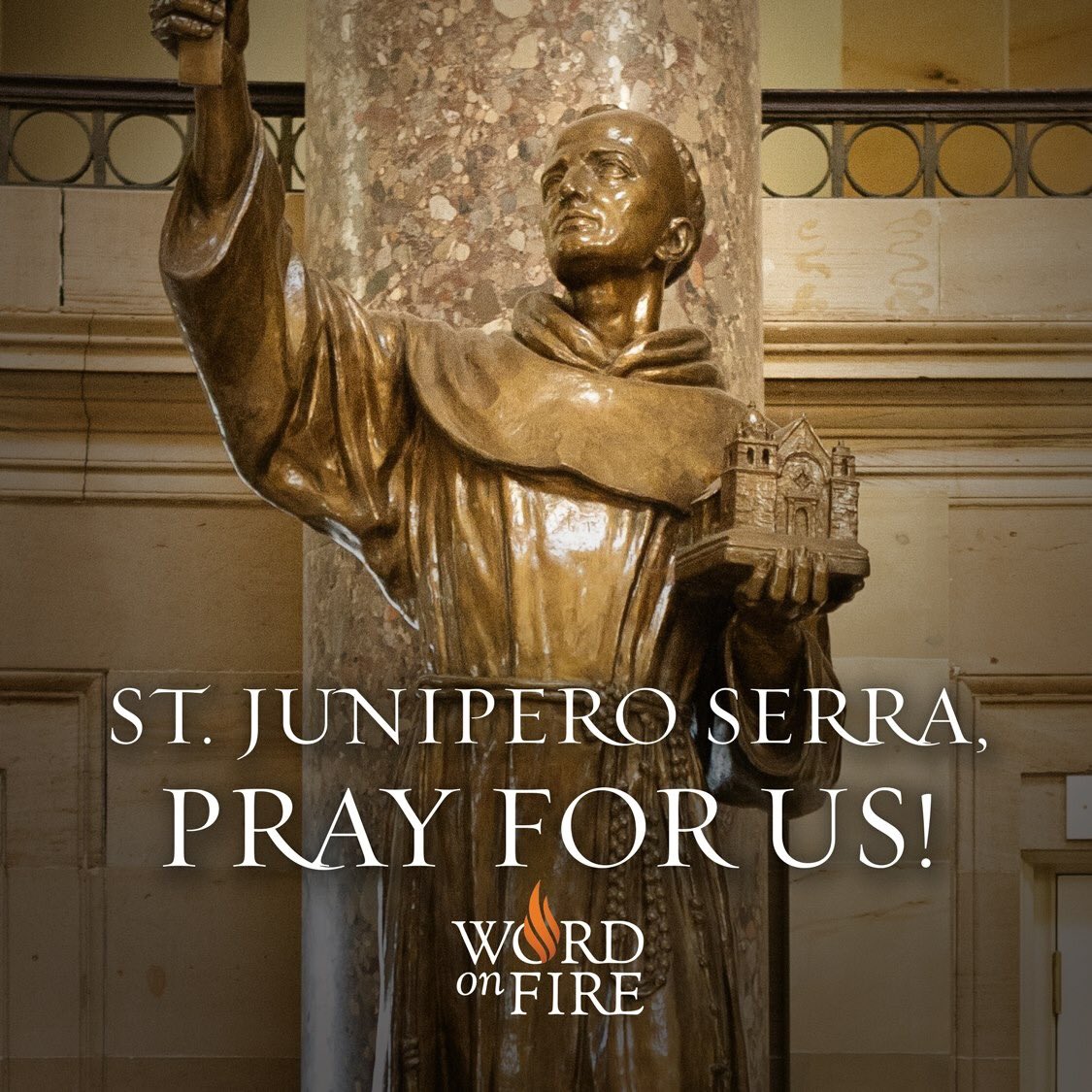Peter Kreeft has a practical reflection on the rules the Gospel proposes and what they’re aiming at: our eternal joy. It’s a good introduction and refresher on discernment. Read it and share it with someone in your life.
He writes, in part:
God’s law is short. He gave us ten commandments, not ten thousand. Why? Why not a more complete list of specifics? Because he wanted freedom and variety. Why do you think he created so many persons? Why not just one? Because he loves different personalities. He wants his chorus to sing in harmony, but not in unison.
I know Christians who are cultivating ingrown eyeballs trying to know themselves so well—often by questionable techniques like the enneagram, or Oriental modes of prayer—so that they can make the decision that is exactly what God wants for them every time. I think it is much healthier to think about God and your neighbor more and yourself less, to forget yourself—follow your instincts without demanding to know everything about them. As long as you love God and act within his law, I think he wants you to play around a bit.
I’m happily haunted by Chesterton’s image of the playground fence erected around the children on top of the mountain so that they could play without fear of falling off the side. That’s why God gave us his law: not to make us worried but to keep us safe so that we could play the great games of life and love and joy.
Each of us has a different set of instincts and desires. Sin infects them, of course. But sin infects our reason and our bodies too; yet we are supposed to follow our bodily instincts (for example, hunger and self-preservation) and our mind’s instincts (for example, curiosity and logic). I think he wants us to follow our hearts. Surely, if John loves Mary more than Susan, he has more reason to think God is leading him to marry Mary than Susan. Why not treat all other choices by the same principle?
I am not suggesting, of course, that our hearts are infallible, or that following them justifies sinful behavior. Nor am I suggesting that the heart is the only thing to follow. I mentioned seven guidelines earlier. But surely it is God who designed our hearts—the spiritual heart with desire and will as much as the physical heart with aorta and valves. Our parents are sinful and fallible guides too, but God gave them to us to follow. So our hearts can be worth following too even though they are sinful and fallible. If your heart loves God, it is worth following. If it doesn’t, then you’re not interested in the problem of discernment of his will anyway.
The Integrated Catholic Life website Kreeft’s piece appears on is practical and worth bookmarking. And read Randy Hain — this interview will give you a taste of why you want to!












